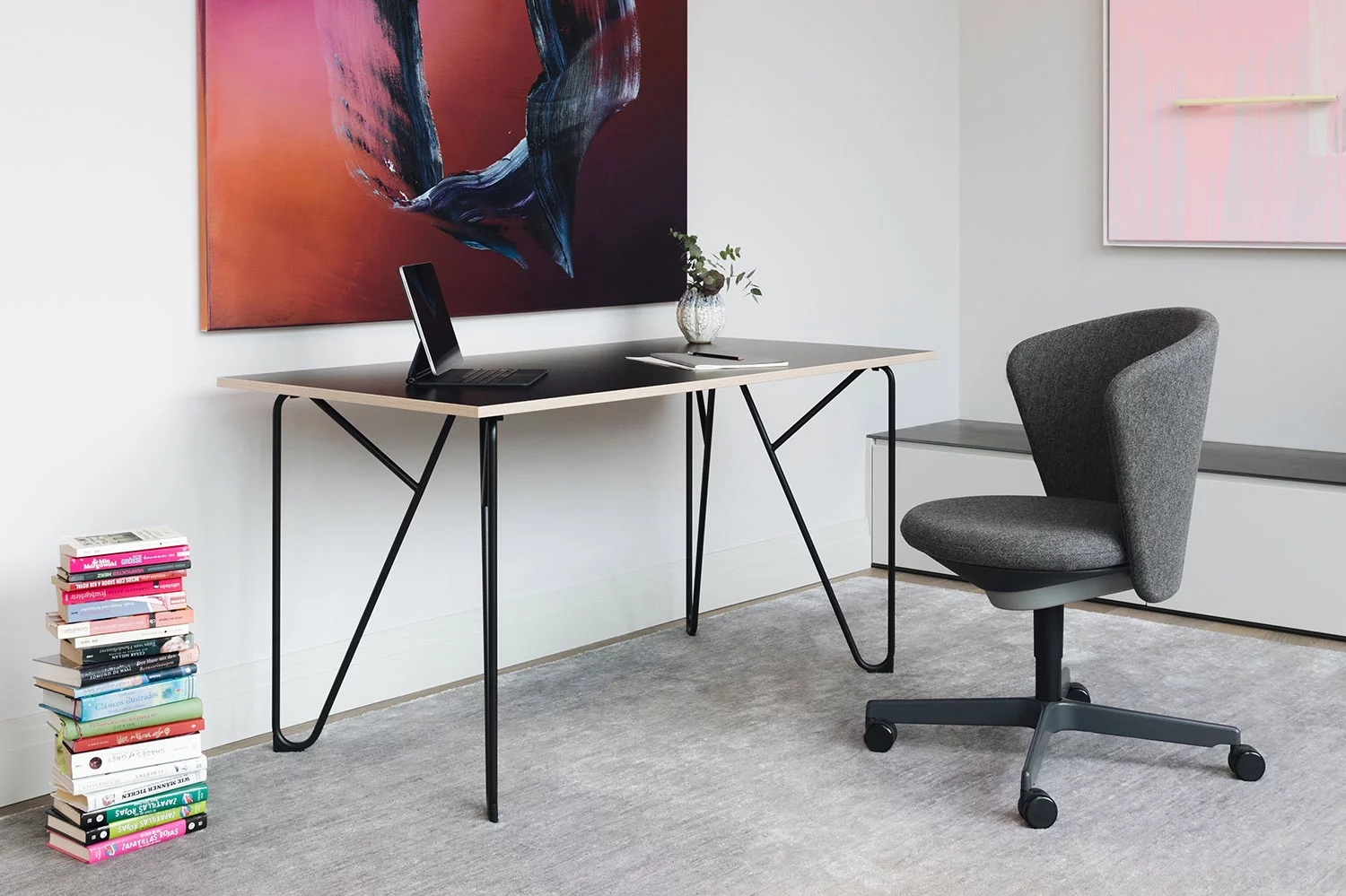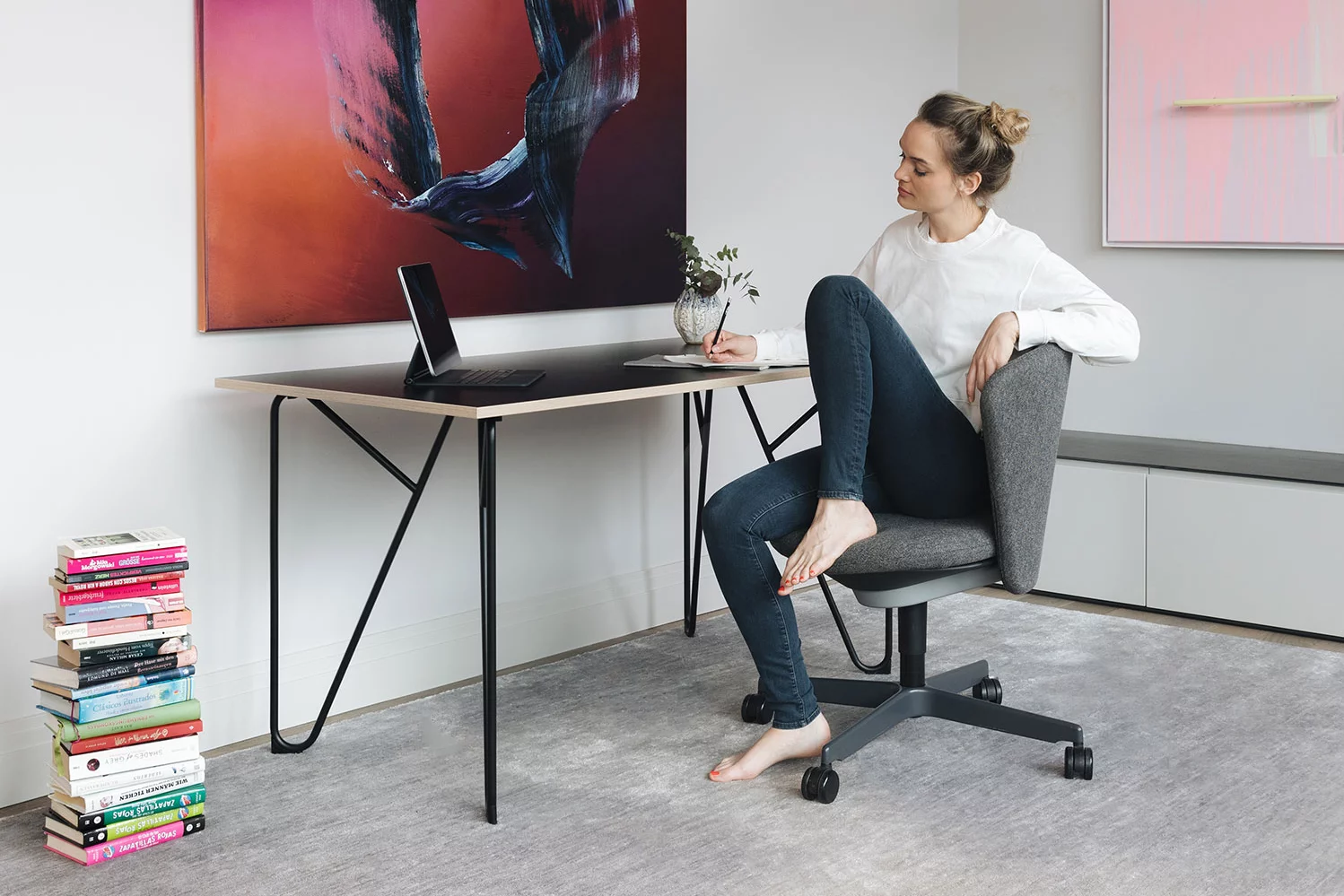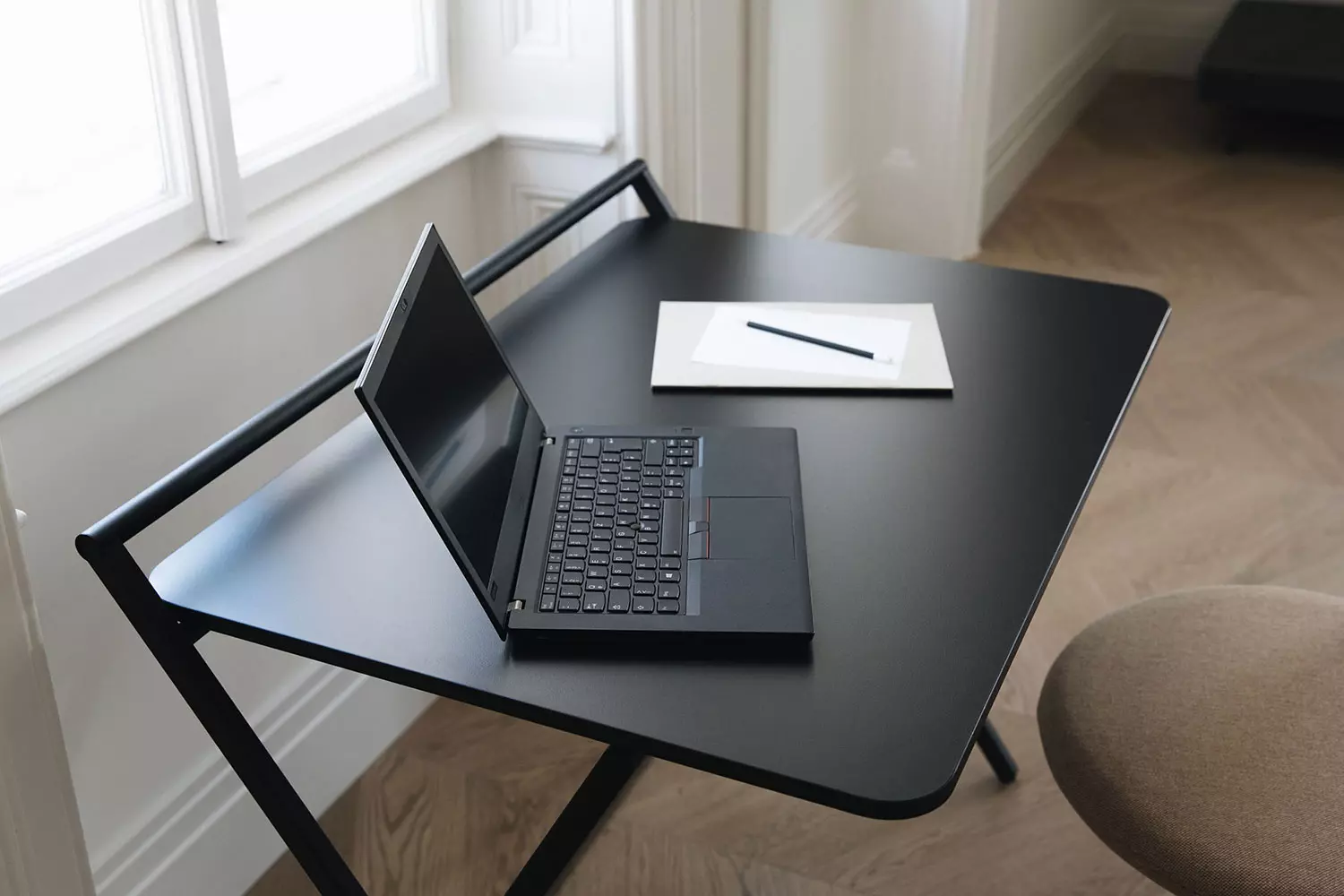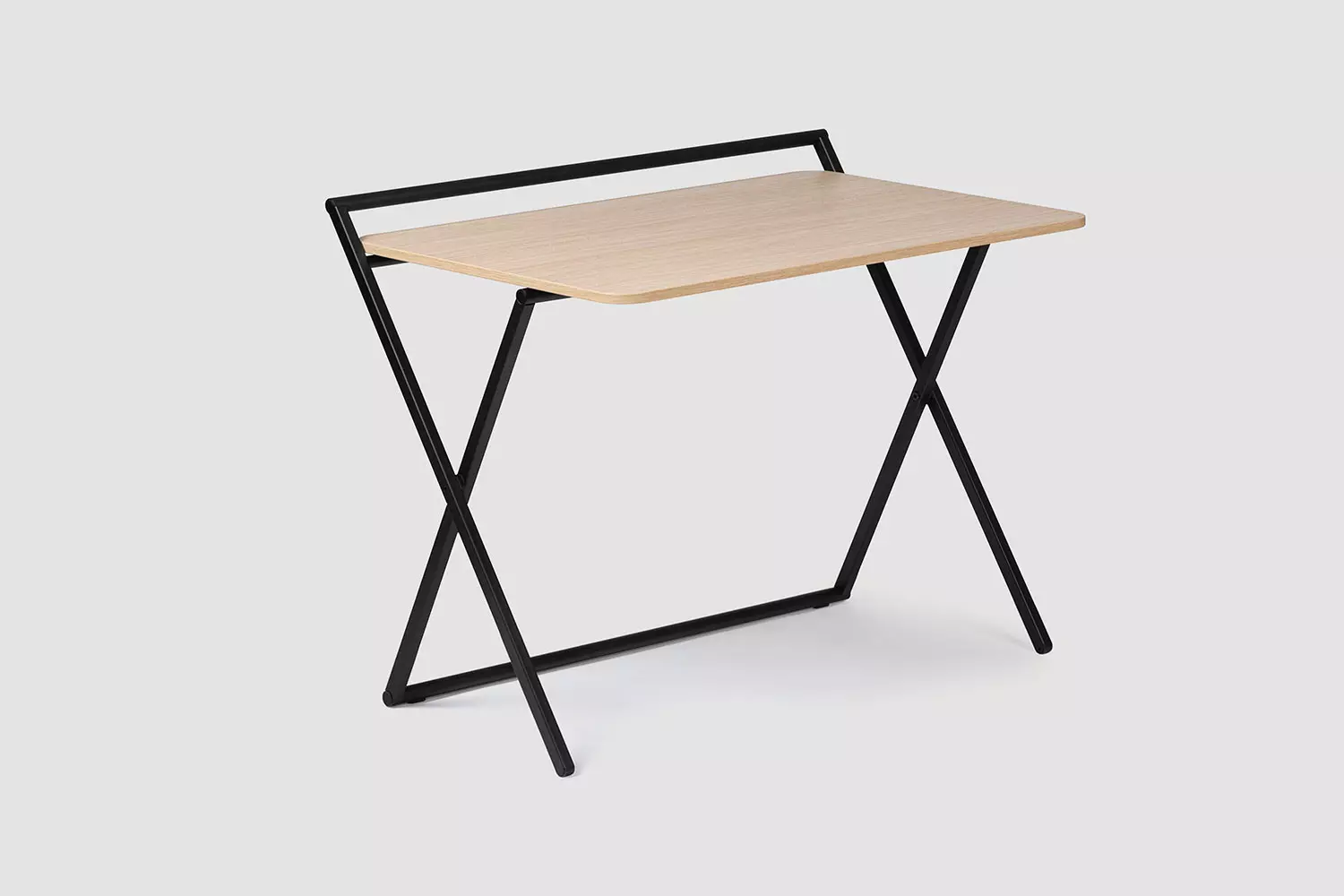HOME OFFICE
What to look for when working at home.


What to look for when working at home.
Technological developments and the associated options for networking have made it possible to work without necessarily having to be at the workplace. The boundaries between home and office are becoming increasingly flexible. However, there is something that both places should have in common: they should be comfortable. And it should be possible to work efficiently and effectively at home.
At Bene we specialise in designing and furnishing working environments, and so we know how to set up a functional and ergonomic workstation at home, where you can work efficiently and effectively.
WORKPLACE
Identify one part of your home that will just be used for work. Keep that work area separate from the rest of your home life. The ideal room temperature is between 21 and 23 °C. Make sure it is well ventilated. Fresh air helps you to concentrate on your work.

The desk
The desk is the focal point of a workstation, whether it is in the office or at home. It is the work surface we use almost every day. Make sure the table top is at the right height. The optimal table height is where your upper arm and forearm make a right angle. There should also be plenty of legroom in all directions.
Make sure you have everything within reach that you need to work efficiently. What equipment do you use in the office? Does your home office have everything you would keep around you at your office workstation? Try to arrange things neatly and functionally, keeping everything in the right place.
Seating
We spend a lot of our working time sitting down – in the office that is either at our desks, in the conference room or in meetings. At home it might be at the dining table, on the sofa or in an armchair. The type of seating varies as much as the surroundings. But they all have one thing in common: they deserve special attention. After all, this affects our wellbeing, our concentration, productivity and good health.
Even if the seating in your home office space is perhaps less flexible than an office chair, there are still lots of options for sitting properly when you’re working at home.

These are the things you need to think about:
Arms and legs at right angles
The optimal desk and chair heights allow your upper arm and forearm to bend at a right angle (90°), and the same for the upper and lower part of your legs. Your feet should be able to rest flat on the floor and your forearms should rest lightly on the table top or keyboard. If your chair is height adjustable, make use of this and adjust it to suit the dimensions of your body.
Fully exploit the chair's possibilities
The seat should support two thirds of the thighs. The backrest should support the lower and middle back. It may be helpful to use a cushion as an additional lumbar support for your lower spine.
Sit actively
Move around. As you sit, switch between bending forward, sitting upright and leaning back. Stand up every once in a while and work while standing. Chairs such as those with a swivel base, traditional office chairs or cantilever chairs offer mobility and flexibility, encouraging your body to keep moving. A box or a small stool under the table can be used as a foot support from time to time, to allow more varied seating positions.
Sit up straight
Sitting with your hips tilted slightly forward gives you an upright posture and avoids hunching your back. This spreads the load evenly between your back muscles and the intervertebral discs. The abdomen is free and without stress. Circulation in the legs is not impeded.

Dynamic shifts between standing and sitting
Standing up frequently for short periods of time is better than taking long, seated breaks. Changing positions two to four times per hour is ideal for physical fitness. People who move around can think better. Ergonomists recommend sit-stand dynamics. Frequently shifting between sitting and standing relieves back stress and trains the muscles needed for good posture. In addition, working in this way improves breathing, encourages circulation and digestion, and leads to an enhanced feeling of well-being. Sit a bit, stand up a while – people who move around can think better. When you are working at home, change the way you work to allow more movement: try standing while on the phone or when reading.

Lighting
Good lighting fulfils many functions: creation of mood and atmosphere, good distribution of brightness and provision of the right degree of contrast for concentrated work over long periods of time. In addition, it should allow accurate colour reproduction and avoid glare. Of course, energy efficiency is also a consideration, as is the right mix of natural and artificial light. Ultimately, what is required is a harmonious combination of material, colour, form, proportion and light.
In general: higher intensity lighting is associated with increased productivity and fewer errors. Make sure that the room is brightly and evenly lit.

Relaxation
The most successful formula for maintaining personal productivity and efficiency is a combination of tension and relaxation. Take short, deliberate breaks as a consciously selected opportunity to reflect on what you are doing.
Conscious breaks are essential not just to help you concentrate on your work. Especially in stressful times like these, you should allow yourself breaks in between to relax.
